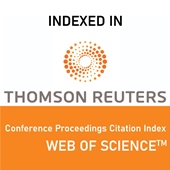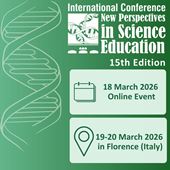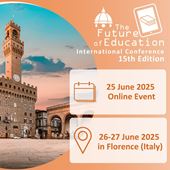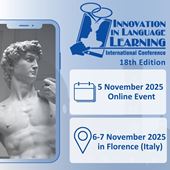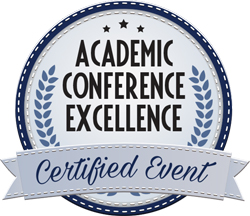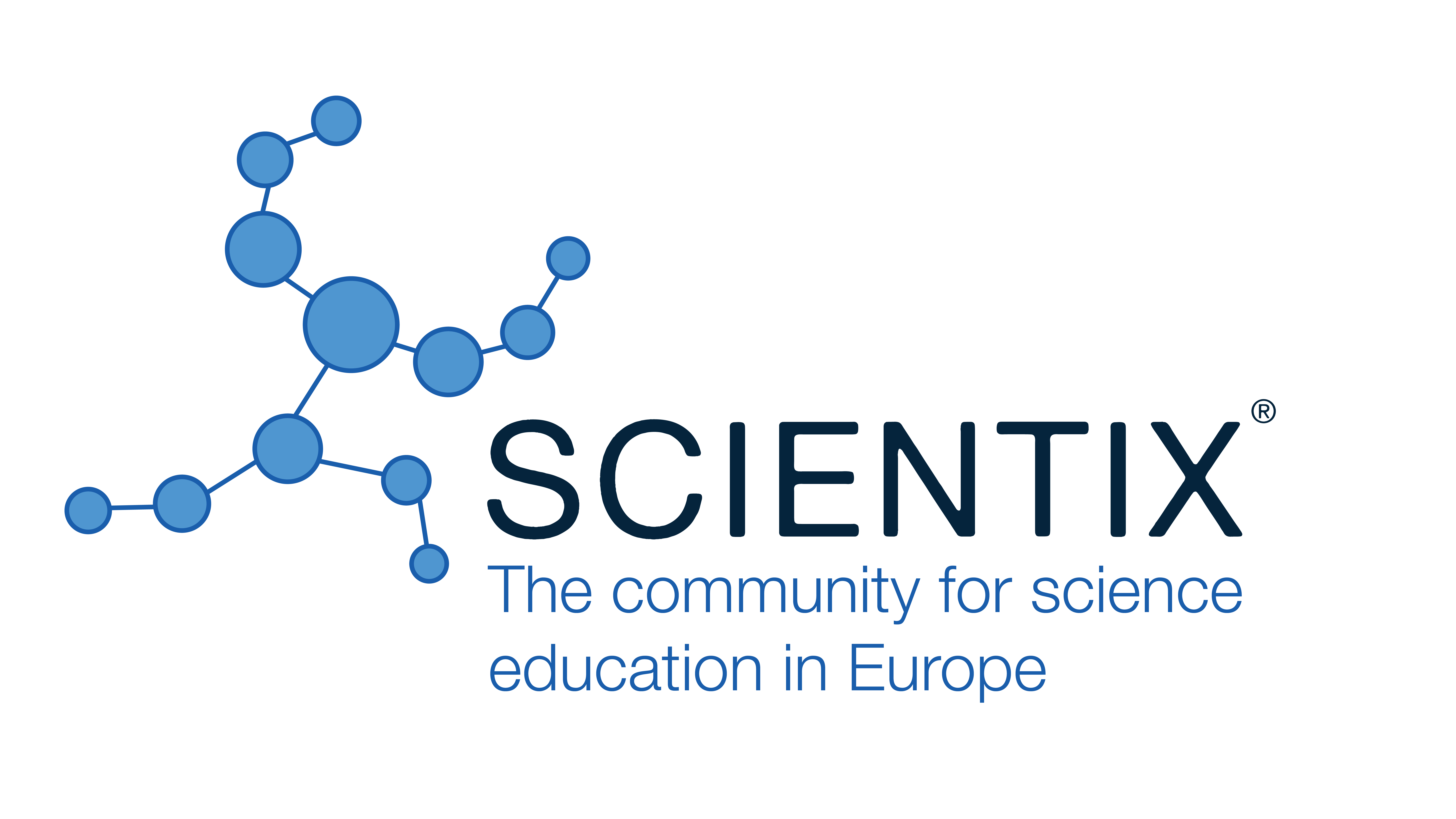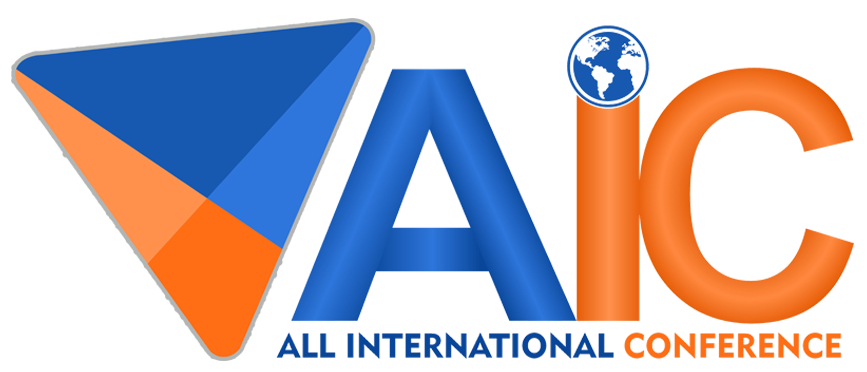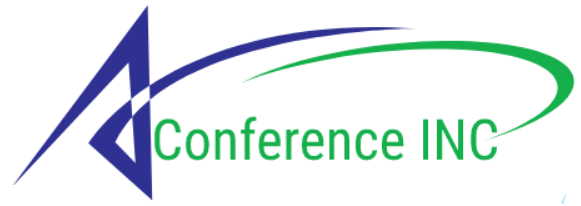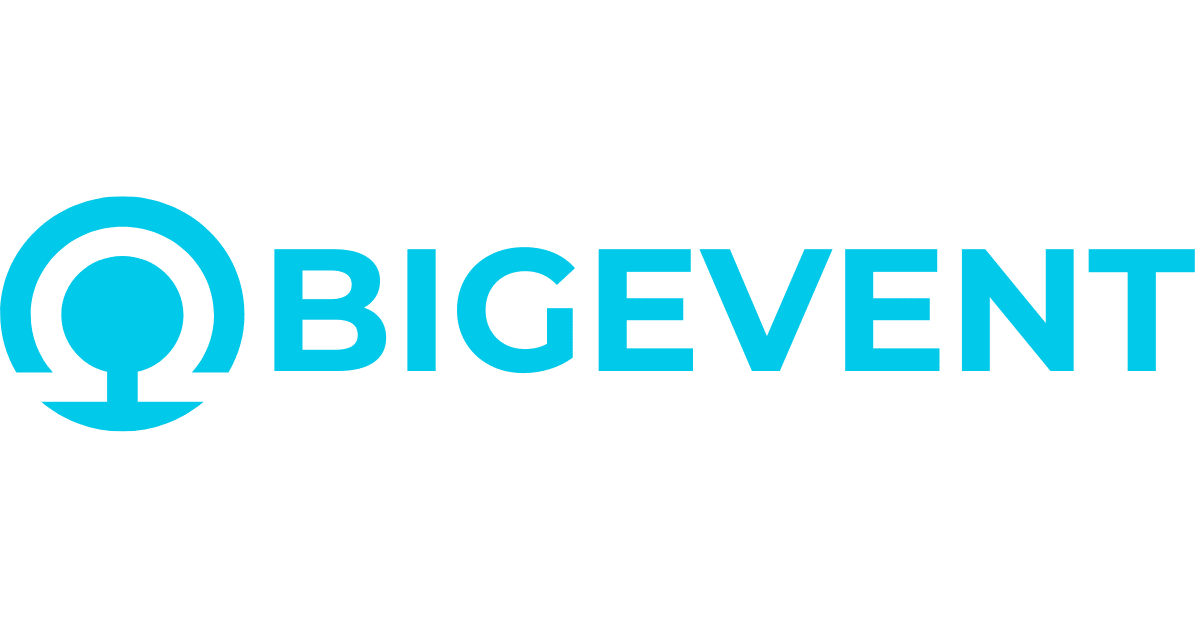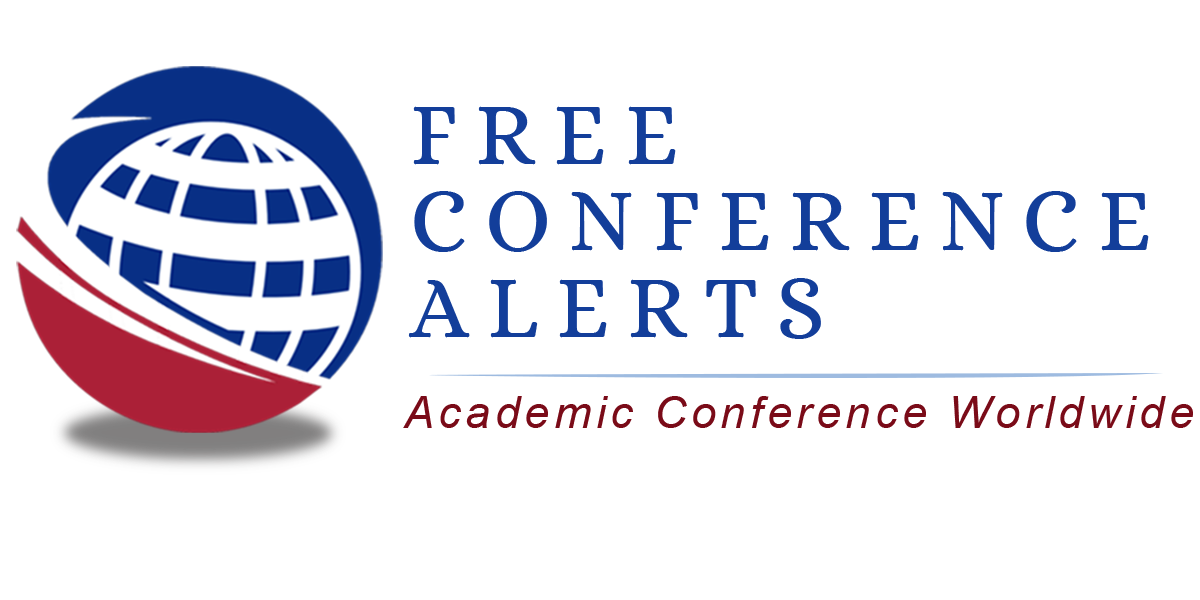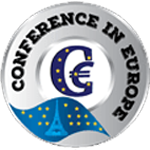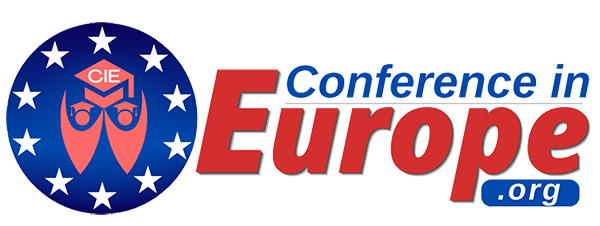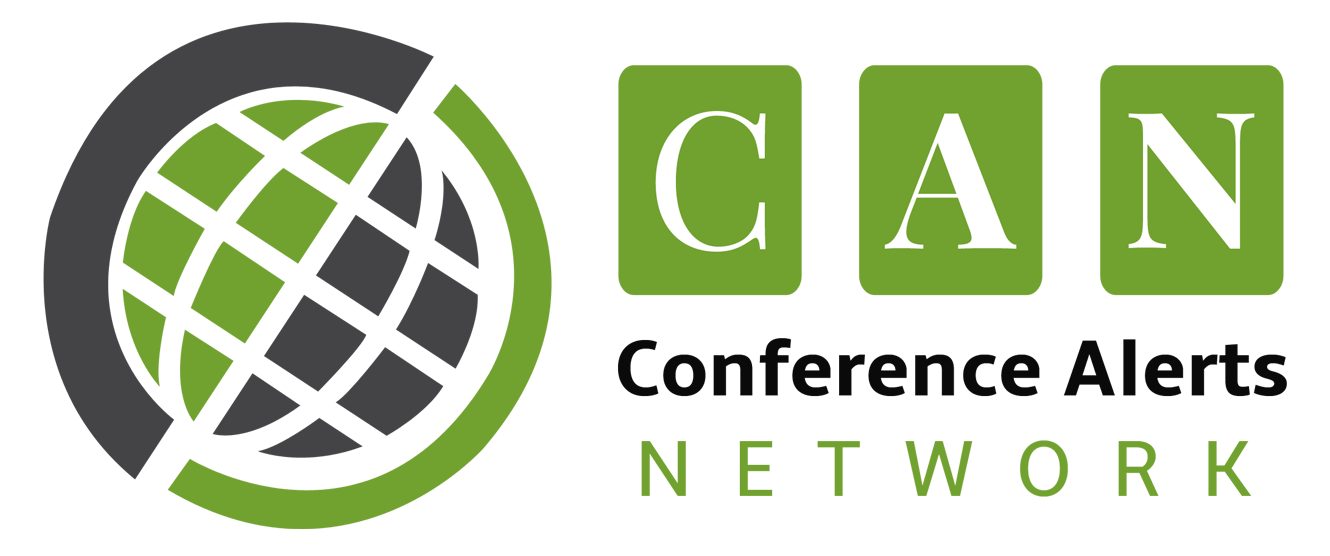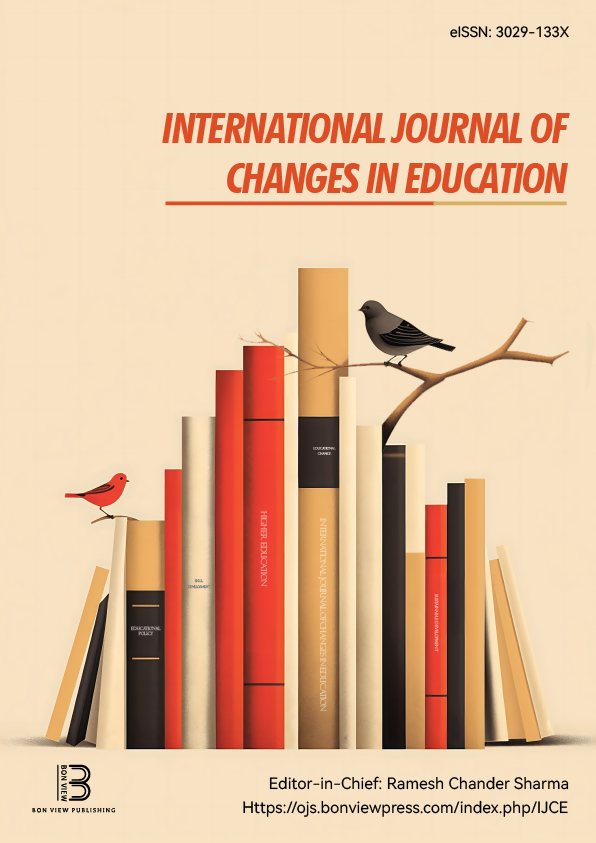Teaching Languages in Migrant Contexts: Managing Heterogeneity through Inclusive and Multiliteracy-Based Approaches
Elisa Lamura, Université de Lorraine – ATILF – CNRS, Nancy (France)
Abstract
Migrant classrooms are not just another type of second language classroom: they represent a qualitatively different environment. The urgency of language acquisition, the need to select immediately useful topics, limited pedagogical resources, and above all the diversity of learner profiles make them a distinct context for learning the majority language, often perceived as mandatory for social integration [1].
This diversity goes beyond linguistic proficiency: migrant classrooms often bring together learners with widely different ages, educational backgrounds, literacy levels, trajectories, and goals. Some approach language as a tool for survival, others as a path to integration or work, and others with ambivalent attitudes linked to identity. Such diversity demands continuous pedagogical differentiation, understood as the constant adjustment of content, tasks, and modalities to address heterogeneity within a single group. While this poses challenges for teachers accustomed to homogeneous classes, it can also be transformed into a resource through inclusive and multiliteracy-based frameworks.
The theoretical perspectives informing this study include dynamic bilingualism [2], which highlights flexible use of repertoires; investment theory [3], which links identity to agency; the conceptualization of language as social practice; and multiliteracies pedagogy [4], which emphasizes multimodal meaning-making. Drawing on both fieldwork in Parisian migrant classrooms and existing research, this paper demonstrates how empirical classroom observations, teaching records, and student questionnaires on the perceived effectiveness of specific techniques provide evidence for strategies to manage heterogeneity constructively. Practical approaches include: valorizing plurilingual repertoires; integrating learners’ cultural knowledge into lessons; task-based and collaborative learning; and the use of multimodal resources (oral, written, digital, visual) to address literacy gaps.
The originality of this contribution lies in framing migrant classrooms as a distinct pedagogical environment requiring its own framework and in proposing continuous differentiation as a central principle for inclusive migrant language education. By combining theoretical insights with empirical evidence, this paper shows how inclusive approaches can transform heterogeneity into opportunities for linguistic development, intercultural competence, and learner empowerment.
Keywords: heterogeneity; migrant classrooms; multiliteracy; inclusive pedagogy; plurilingualism
REFERENCES
[1] H. Adami, Enseigner le français à des adultes migrants. Paris : Hachette, 2020
[2] S. Karpava, "Translanguaging as a dynamic strategy for heritage language transmission," Languages, vol. 10, no. 2, pp. 19, 2025.
[3] Norton, B., “Identity and investment in language education: An interview with Bonny Norton.” Calidoscópio, 18(3), 767–775, 2020.
[4] K. Paesani, “Responding to graduate students’ needs through multiliteracies professional development (pp. 182–199). Routledge, 2025.
 Innovation in Language Learning
Innovation in Language Learning
